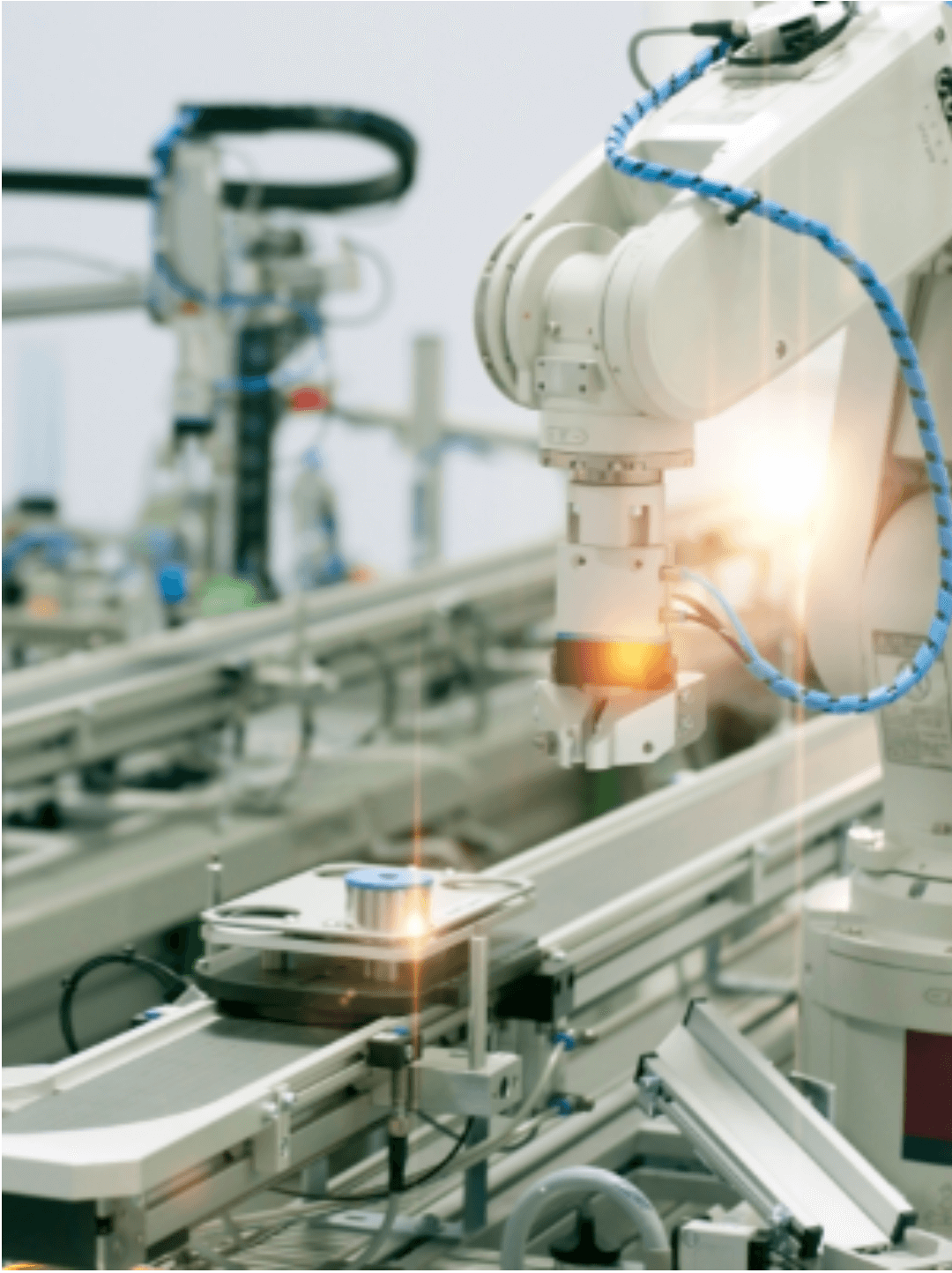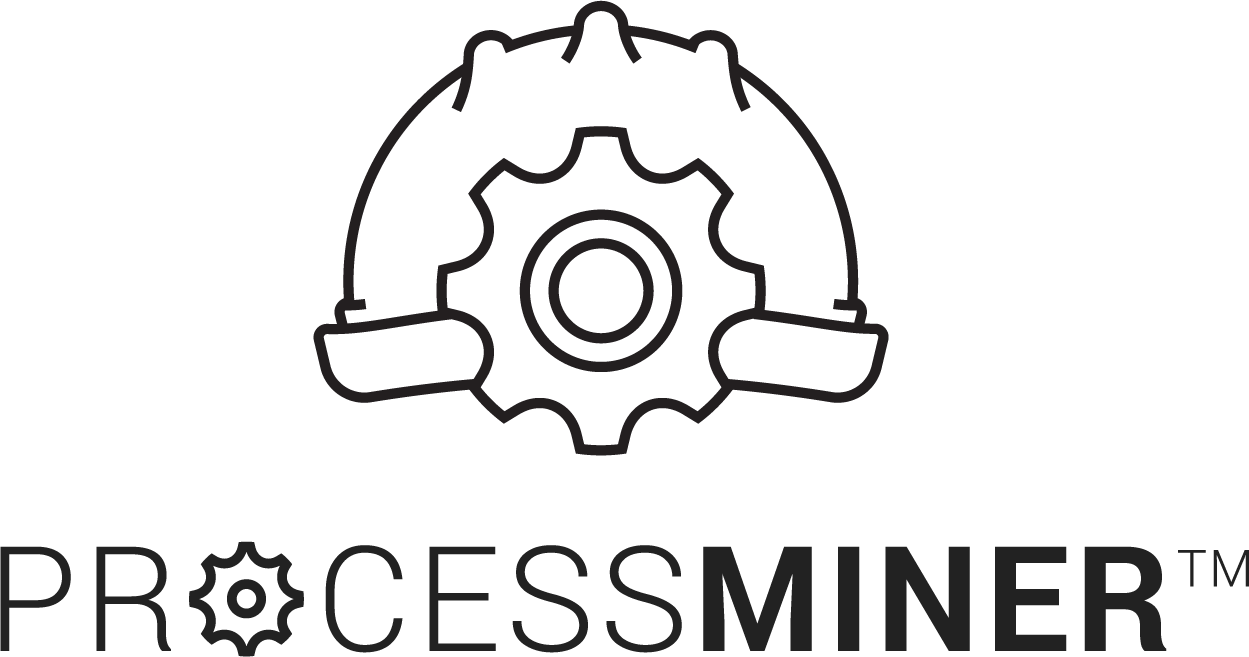Artificial intelligence (AI) and machine learning (ML) are creating quite a name for themselves in the manufacturing industry and for good reason. Both AI and ML are helping manufacturers use factory data to streamline operations, improve processes and make better business decisions.
But what’s the difference between artificial intelligence and machine learning?
Simply put, artificial intelligence is machine-generated intelligence that leverages concepts and tools from multiple fields, including computer science, cognitive science, linguistics, psychology, neuroscience and mathematics. Machine learning is a type of AI where machines absorb data and learn faster and more accurately than humans can.
Misconceptions About AI and ML in Manufacturing
Let’s look at the difference between Conventional AI and Intelligent AI and why using the proper tools is essential for successful overall equipment effectiveness (OEE) and improvements in manufacturing operations.

Many manufacturing operations are investing in AI for operational improvements. This article is designed to help dispel some common misconceptions about AI and speak to the many benefits early adopters of AI achieve.
Using the right tools for the right jobs helps manufacturers achieve success faster and deliver high ROI through early adoption.
AI and ML Misconception # 1: AI and ML are the same.
Artificial intelligence is a toolbox, and for a company looking to apply AI to digital transformation, it’s important to understand the distinction and benefits that can be achieved by each one.
Thinking about the tools a carpenter uses to build a house will help you understand “the right tools” for the job at hand. If a carpenter is going to build a house, they need multiple tools to be successful. For example, her raw materials might include plywood, shingles, nails, framing, metal flashing, etc.
The same ideas apply to AI. Depending on the job at hand and what you are manufacturing, you require the right AI tools for the job. Below are some examples of AI tools that can be deployed in manufacturing operations to help improve OEE in the categories of availability, performance and quality!
Without the proper skill sets and process domain knowledge for a particular industry, it won’t matter what tools are used or what data is accessed. To be successful, you need a combination of both.
Conventional AI vs. Intelligent AI
Let’s look at the difference between Intelligent AI and Conventional AI and why using the proper tools is important for successful OEE improvements in manufacturing operations.
AI has become a buzzword that has lost much of its meaning due to common misconceptions. To simplify, consider the following two categories of AI and definitions with examples to help distinguish the difference between both:
- Conventional AI is a collection of technologies (tools) that use algorithms to programmatically simulate specific tasks often performed by human beings. This form of AI uses automated formulaic sequencing logic for problem-solving but doesn’t typically involve machine learning. Instead, these technologies focus on solving problems in which the behavior patterns can be laid as formulas.
- Intelligent AI is engineered to learn and adapt to variability in processes, surpassing human intelligence for improved decision-making purposes. Intelligent AI is more advanced than Conventional AI because the algorithms learn and make better decisions as more data is consumed. In addition, because these technologies operate at incredible speed and accuracy rates, intelligent AI is much more advanced than Conventional AI when applied to complex manufacturing processes.
Many AI companies use Conventional AI for improved business intelligence (BI) purposes, but this requires a process engineer or operator to validate and act on the outcomes consumed through dashboards and reports. We call this reactive process control. It’s useful for things like root cause analysis but offers limited value for continuous manufacturing. Intelligent AI enables machines to quickly make highly accurate decisions so that parameter control changes can be applied automatically to continuous manufacturing environments without human intervention. This is often referred to as proactive process control or autonomous manufacturing.
With the Intelligent AI toolset, multitudes of machine learning techniques are applied depending on the task at hand. For example, building a roof and installing plumbing require different tools. In addition, machine learning improves manufacturing outcomes by combining powerful AI technology such as supervised and unsupervised reinforcement and deep learning systems.
Supervised machine learning algorithms use labeled data sets, beginning with understanding how the data is classified. Unsupervised models use unlabeled data sets and can figure out patterns and features from the data without preexisting categorization or explicit instructions. Reinforcement learning, on the other hand, uses an iterative approach.
Instead of being trained by a single data set, the system learns through trial and error and receives feedback from data analysis. With the power of faster data availability (real-time and streaming) and big data computational capabilities, deep learning applies specific “neural networks” algorithms. Neural networks are composed of decision nodes that more accurately train ML systems for unsupervised, supervised, and reinforcement learning tasks.
One way to think about the difference between Conventional AI and Intelligent AI is the hammer and nail vs. the nail gun. But, of course, both technologies can add value to a manufacturing operation. Still, if your goal is to accelerate OEE or improve product quality automatically, Intelligent AI will get you measurable results much faster.

How can the more sophisticated Intelligent AI tools help improve your operations?
Using power tools helps get the job done faster and with greater precision than manual tools. When it comes to cutting the plywood used for a roof would you choose a hacksaw or an electric-powered circular saw?
Intelligent AI can identify variability in complex manufacturing operations that either happens within tight production cycles or at very high rates of speed.
These require split-second decision-making followed by accurate recalibration recommendations and instantaneous parameter control setting changes.
Suppose your manufacturing operation is continuous and is highly sensitive to changes in machine conditions (i.e., temperature, pressure, machine speed and set-point accuracy). In this case, Intelligent AI is better suited for delivering proactive process control to your operations than Conventional AI.
If you are automating a task performed manually that doesn’t require a sophisticated machine learning model to perform, then Conventional AI may be a better fit.
AI and ML Misconception #2: AI is a proven technology that solves all complex manufacturing problems.
Conventional AI, which can be viewed as the manual tool in the toolbox (hammer), won’t be the end-all solution for solving your particular manufacturing complexities. AI models, just like the human brain, require education and training before they become proficient at problem-solving. Fortunately, Intelligent AI uses machine learning that ingests data more rapidly. As a result, its accuracy improves over time as more data gets processed and different conditions are encountered for training and retraining the models. In addition, measurable process improvement is achieved by applying the prescriptive parameter control setting changes in real-time.
Again, this is about using the right tools for the task at hand. If your primary objective is to improve product quality, then Intelligent AI, when applied, will get the job done faster and more precisely. But, just as a first-year medical student would be ill-prepared to perform brain surgery after taking his first anatomy course, even Intelligent AI requires thorough training by ingesting high volumes of data before it learns to apply the suitable model for the right conditions based on what the data is revealing. This includes some experimentation and repetitive model training before delivering accurate and automatic continuous quality improvement in many cases.
There will always be certain tasks and processes that are best left to humans to perform, especially those requiring human senses like taste and smell. However, even those categories are being explored by leading data scientists – stay tuned.
Without the proper skill sets and process domain knowledge for a particular industry, it won’t matter what tools are used or what data is accessed. To be successful, you need a combination of both.
AI and ML Misconception #3: AI can be used indiscriminately to solve any complex manufacturing problem.
If an AI company tells you, “just give me all your data, and our AI will solve your problems,” my advice is to run away as quickly as possible! Many AI companies fail to recognize just how complex and variable manufacturing conditions can be from production line to production line and from machine to machine.
The first step toward solving these complexities is acknowledging the underlying causes and using subject matter expertise and knowledge to address the issues. Understand that it’s not just “the data ” you must understand how the process works. Having SME inputs and incorporating them in your AI configurations is critical to success.
Furthermore, if your approach is to process “all the data” vs. “all the right data,” then your AI will struggle to decipher which data is essential and what process parameters are most closely associated with OEE improvements.

The “all the data” approach introduces noisy data into a process likely to deliver garbage results.
A wrench is useful when installing new plumbing in your bathroom, and hiring a plumber to help with the installation is a sound idea. However, hiring a plumber to build your roof with a wrench is a bad idea.
The point is that without an intimate level of domain expertise for your line of work, it won’t matter what tools you use or what data you access because you still need the proper skill sets and process domain knowledge to be successful.
Early Adopter OEE Benefits and Sustainability Gains with Applied Intelligence
Benefits early adopters can expect to achieve using AI-powered Applied Intelligence for their manufacturing operations:

Operational Improvement
- Address Skilled Labor Shortage
- Improve Product Quality
- Increase Yield
- Increase Throughput
Sustainability Improvement
- Save Energy
- Reduce Emissions
- Reduce Chemicals Usage
- Save Raw Materials
- Decrease Water Usage
Tips on How to Get Started on an AI Project at Your Organization
Some manufacturers don’t want to bother with a complete overhaul of their manufacturing processes. Instead, the key to successful AI-powered manufacturing is early adoption. Tips for achieving early adopter success with artificial intelligence include:
- Identify which aspects of OEE improvement are most important to your operations and force rank them:
– Availability
– Performance
– Quality - Inventory your data and determine what data attributes are required for success:
– What data sources do you have access to
– Work with Process Engineers to find the “right data.”
– At what frequency can data be accessed
– Is the data tagged and categorized and time-stamped?
– Is there data missing that is necessary to achieve the desired OEE improvements - Identify an aspect of your manufacturing process that often fails or processes that fall over and choose one, start small, build to scale, and move rapidly.
- Work with the right AI tools appropriate for the job or task at hand – find an expert.
- Experiment, test, refine results and automate what can be automated, then move on to the next problem to be solved.
- Measure results, expand adoption, and scale across operations, then take credit for the wisdom and ROI you’ve delivered for your company.

